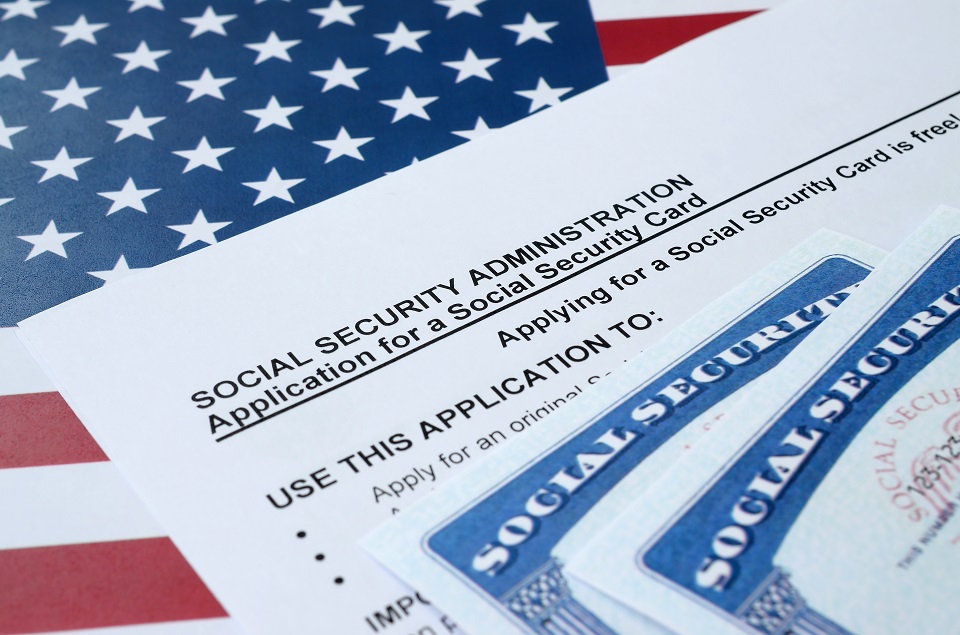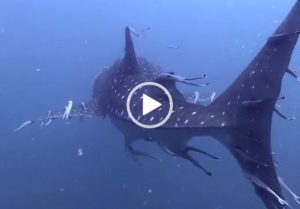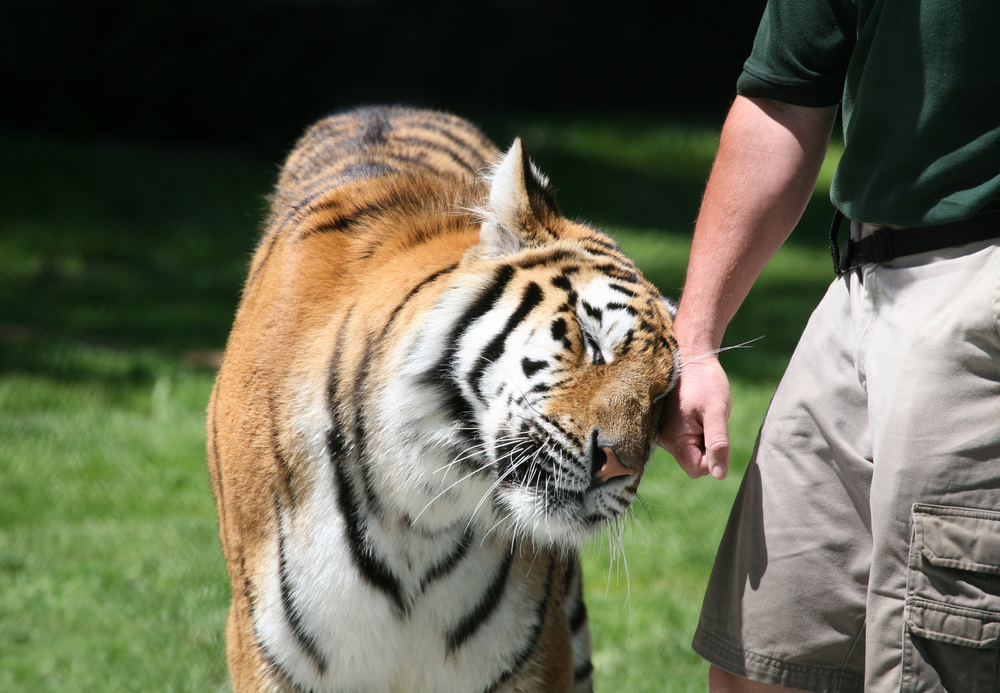
You’re not saving them— in reality, if you keep endangered animals as pets, you put their species at greater risk. If, like millions of other people, you’ve been hooked by the surreal tale of Netflix’s docuseries Tiger King, you’ve definitely seen why keeping any wild animals as pets is a very, very bad idea — let alone endangered animals like tigers. Sadly, certain animals are not only possessed by eccentric zoo owners.
Just about 3,200 tigers are left in the wild because of habitat loss and poaching. According to the World Wildlife Fund ( WWF), there are potentially at least 5,000 in captivity in the United States alone— with just 6 percent in zoos or approved facilities. Wildlife trafficking literally kills endangered animals— one United Kingdom 2019 report found that wildlife trafficking (both for alive and dead animals) is the number one cause of species extinction.
So, before you start dreaming about owning the rare lizard, bird, big cat, primate, fish, pangolin, or other wild species you never knew were endangered, here’s why you should stick to dogs or house cats instead.
You can’t meet their needs
Even with the right approach, humans are unable to provide the habitats these wild animals need to live their best lives— which is true of any animal in the wild but is particularly critical of species at risk.
“They have evolved to live in natural, wild habitats and by keeping them as pets, you are placing them in an unfamiliar and potentially very stressful environment where they cannot behave in the way they instinctively would in the wild,” says Caroline Pollock, Red List programme officer at the International Union for the Conservation of Nature (IUCN), whose Red List is the most complete source of information on species’ endangered status. Housing an endangered creature “is potentially damaging to those animals,” she says.
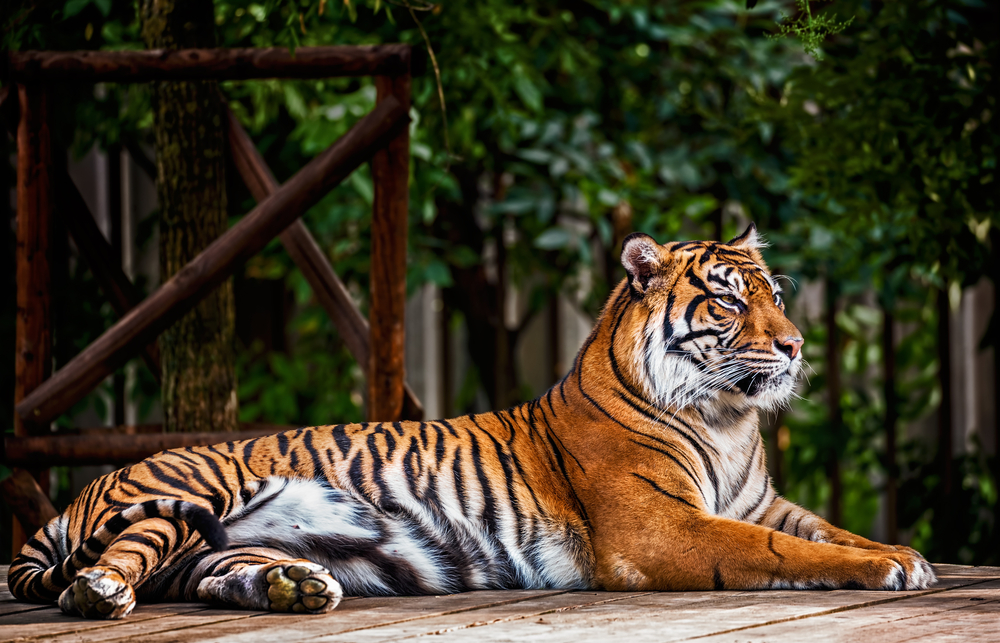
Keeping endangered animals diminishes their population
You may think owning exotic animals will help them from getting extinct. But holding these animals furthers the concept of generating demand and fueling the pet trade that separates them from the wild.
“Unless you can be 100 percent certain that the animal you are buying was obtained through sustainable means, buying an endangered wild animal as a pet may contribute towards further endangering their species by reducing the number of these animals surviving in the wild,” Pollock says. “Unsustainable trade in wild animals as pets is rapidly reducing populations of many animal species across the world, driving them towards extinction.”
For example, the demand for lemurs has contributed to the removal of more than 28,000 individual animals from the wild since 2010, according to a 2016 report. This includes the ring-tailed lemur, which is endangered due to pet trade as well as habitat destruction and bushmeat hunting. With an estimated population decline of 95 percent since 2000, as few as 2,000 of them may remain in the wild.
They could hurt you
In realistic terms, don’t be misled into believing that you can “tame” a wild animal. Placing them in an unsafe, improper setting such as your home is not only harmful to them, but to you as well.
“This is risky for their human ‘owners’ who can be harmed when their pet acts instinctively to protect themselves, for example by biting or stinging,” Pollock says.
And it’s not only tigers you have to worry about. According to the Jane Goodall Institute, the chimpanzee, endangered by habitat destruction and hunting for bushmeat with fewer than 250,000 remaining in the forest, is stronger than most human adults by age 5. In 2009, one woman, Charla Nash, was attacked by a pet chimpanzee of her friend — he ripped off her face and hands, requiring a facial transplant.
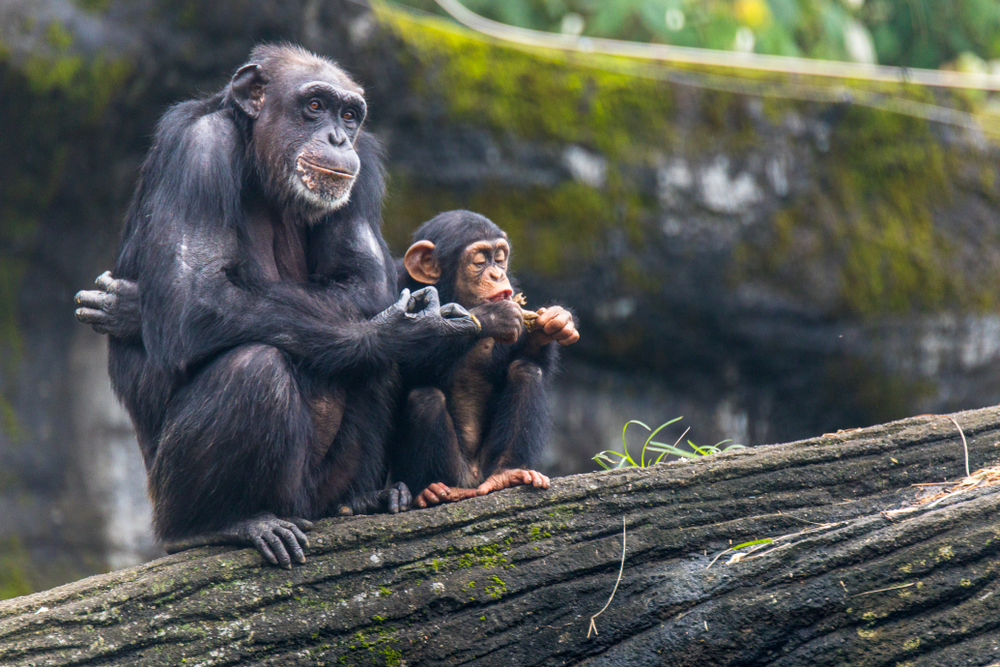
They don’t have the human emotions you think they do
Such vicious attacks can happen even though you think you love your pet and he loves you back. They just don’t think about you the way you think about them and can lash out at any moment, even after years without incident.
“Unlike domesticated animals, like cats and dogs, wild animals are not bred for human companionship,” Pollock says. Believing that animals have the same feelings as humans is called “anthropomorphizing.” When in fact, your endangered animal pet may resent you.
The Jane Goodall Institute reports that, for example, if you come home from work late, chimps can become aggressive and rebellious— and they can make a terrible mess.
You don’t really know where they came from
Even if you think you got your endangered animal from captive breeding, you can never really be sure that they weren’t taken from the wild in the wildlife trade. For example, “threatened songbirds are frequently sold as being captive-bred as this takes the pressure off the exploitation of wild populations but, all too often, this just creates a mechanism to pass off wild-caught birds illegally sourced from the wild,” says David Jeggo, co-chair of the IUCN Species Survival Commission (SSC) Asian Songbird Trade Specialist Group.
Despite international protection, endangered species of birds that have been “quite clearly newly imported” are being sold, he says.

You’re making more species endangered
Even for animals that aren’t endangered, separating them from the wild will rapidly deplete their population. “This high demand for species that were once common is driving them towards extinction, and for those species already endangered it can be the last nail in the coffin,” Jeggo says.
There’s the Banggai cardinalfish for example, which was found in Indonesia 30 years ago and quickly became in high demand for fish tanks around the globe. By 2016, their wild population had decreased by 93 percent, and they are now at risk, with less than 1.5 million left in the wild (which isn’t a lot when it comes to fish).
The rare earless monitor lizard, which has not been rated by IUCN but is protected in its native Borneo, is experiencing a similar scenario. Since the animal was first seen by scientists in approximately 40 years in 2008, it is becoming the “holy grail” for reptile collectors, and of major concern to conservationists.
They’re cute as babies, but they get big
Everyone loves an adorable baby tiger as mentioned in Tiger King. But many endangered species, including snakes, lizards, chimpanzees, and other primates, get big— really big, not to mention tigers.
“When they are young, animals are very lovable, cute, and interesting to be around, but when they grow into adults, they may either become large and difficult to house or control, even becoming dangerous to be around,” Pollock says. “Or they may lose their appeal by no longer being the cute and fluffy creature you first fell in love with, or by damaging furniture and other possessions.”
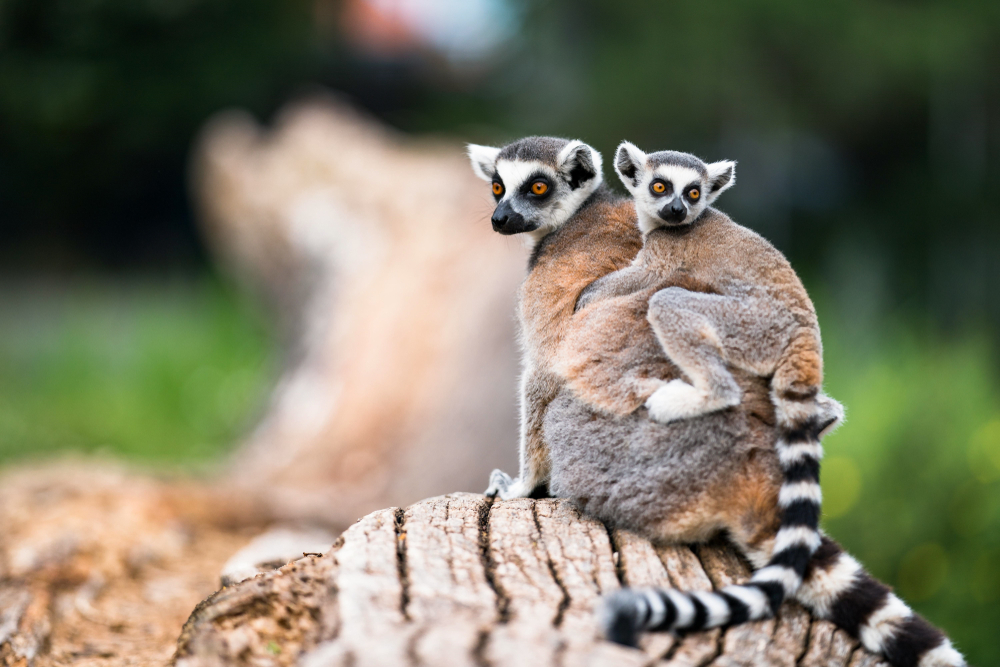
They have special diets
This is another important aspect most endangered pet owners don’t think about when they bring in an exotic creature: Many endangered animals don’t just eat any old thing, and if they do, they may get sick or become malnourished.
“Many wild animals will have very specialized diets that may be expensive to buy or difficult to find,” Pollock says. Even smaller animals, such as lemurs, demand a special diet. A pet-lemurs research program states that each lemur species (many of which are endangered) consumes slightly different foods. Neither should they be served human foods like rice or have too many sweet fruits like bananas or mangoes.
They carry disease
Endangered animals that people typically don’t come in contact with may also be potentially harmful because of the germs they carry. “Wild animals carry diseases that they may be able to cope very well with, but that can be transmitted to humans and other animals that may not be well-equipped to fight off such novel viruses and bacteria,” Pollock says.
Such “zoonotic” diseases can transmit to humans from endangered animals. For example, “the purchase of songbirds from animal markets and pet shops, where wild animals are kept alongside domestic stock, does pose a health risk through the transfer of zoonotic disease,” says Jeggo. “Within the European Union, there is a ban on the importation of wild-caught birds, a measure brought in as a result of avian flu.”

They could be a public danger if they got out
Since they are not meant to be kept as pets, endangered animals can be a threat to public safety. “There is also the risk that the animal may escape and thus increase the risk they pose to other humans and animals,” says Patricia Cremona, Sustainable Use and Trade Programme Officer at IUCN.
Hundreds of incidents involving escaped big cats, including tigers, have been reported by the Humane Society in New Hampton, Iowa as of 2007: “A pet tiger escaped from a cage by rushing past the owner at feeding time and attacked and mauled the family’s dog. When the dog ran toward cars from the local sheriff’s department and the tiger followed, a deputy sheriff shot and killed the tiger through a partially opened window of his vehicle.”
Such losses of any species are disturbing, but it is much more regrettable to lose one member of the world’s most endangered tigers.
It’s probably illegal
If you still need more reasons not to own an endangered animal, you might think twice about it, considering the possibility of a fine or jail time. “Many endangered animals are protected by national and international laws,” Cremona says. “The applicable laws vary depending on the species, origin—bred in captivity or caught in the wild—and country concerned, both the country from which the animal originates and the country in which it is sold or owned.”
In the United States, the Endangered Species Act makes the possession, selling, or buying an endangered species illegal. Additionally, the U.S. Fish and Wildlife Service is in charge of prosecuting violators.
You may be part of an international criminal network
But even though you think your animal is legitimate, you can never be absolutely sure of its origins again, so is it worth the risk of being part of a large international network of criminals? Illegal trade in wildlife is a major industry, valued at $10 billion annually.
“While much of the trade occurs within a country, a large volume crosses international boundaries,” says Jeggo. “The Convention on International Trade in Endangered Species of Wild Fauna and Flora (CITES) exists to regulate such international trade in wildlife.”
Of course, the laws aren’t perfect. Even though much of the trade is illegal, it may not always be implemented effectively. Your best choice, however, is to stick to a domesticated animal, such as a dog or cat, particularly when there are so many homes in shelters. Leave endangered species where they belong.
















































